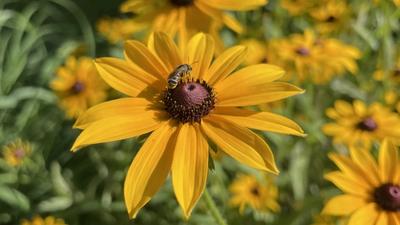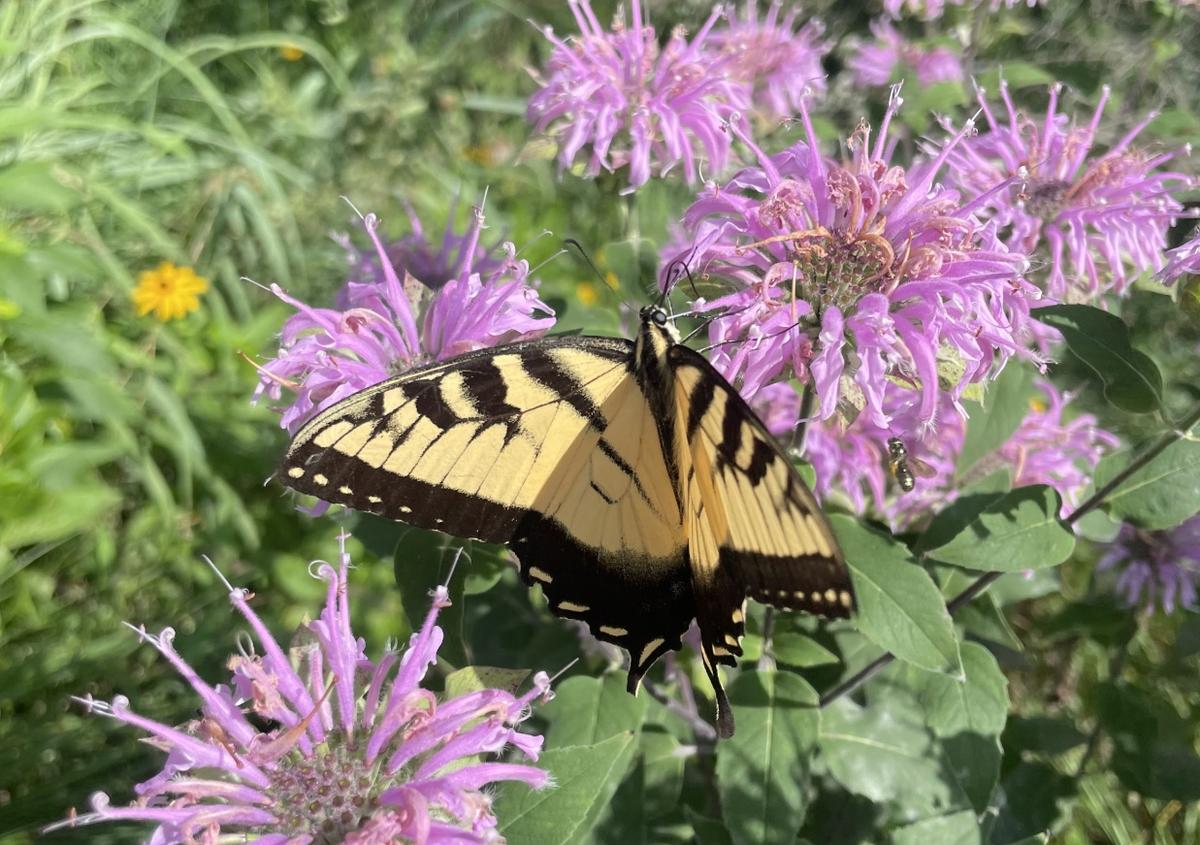Pollinator Byway


We often consider our yards as areas that amp up the overall curb appeal of our homes. What if we could perceive them as utilitarian spaces which can support local biodiversity and the environment at large? As a homeowner, nothing gives us more pride than the fact that our landscaping choices can restore lost habitats for a variety of creatures whose complex relationships drive the health of our planet and improve the quality of human lives. At the heart of this landscaping design are native plants.

Native plants which are local to our regions are crucial in bringing back creatures like beetles, bugs, butterflies, bats and thousands of bee species that pollinate about 80% of our food crops. By prioritizing them over lawns or exotic plants, we can fill our yards with these friendly and useful species that re-establish our connections with nature.
Before we discuss about how MHP can help restore pollinators to your yards, let us first understand why and how our present urban landscaping choices can threaten these creatures!

Urbanization – Fragmentation of Green Spaces
With increasing urbanization, the demand for building new communities increases like never before. For every new community that pops up in your region, a significant chunk of wilderness is removed to create space. This includes the removal of native plants and wildflowers that are partners with different types of insects, birds and animals. That’s not all!
By cordoning off spaces with concrete structures and fences to mark our zones, we create fragmented green spaces that are disconnected from natural habitats like the forests. These spaces have minimal resources and isolated populations of plants and trees which support just one or two types of birds or bees. Gradually, the local biodiversity declines or migrates to other regions for survival. Within no time, there is a danger of urban areas turning into barren islands that lose their capacity to support ecosystems.

Share this article


